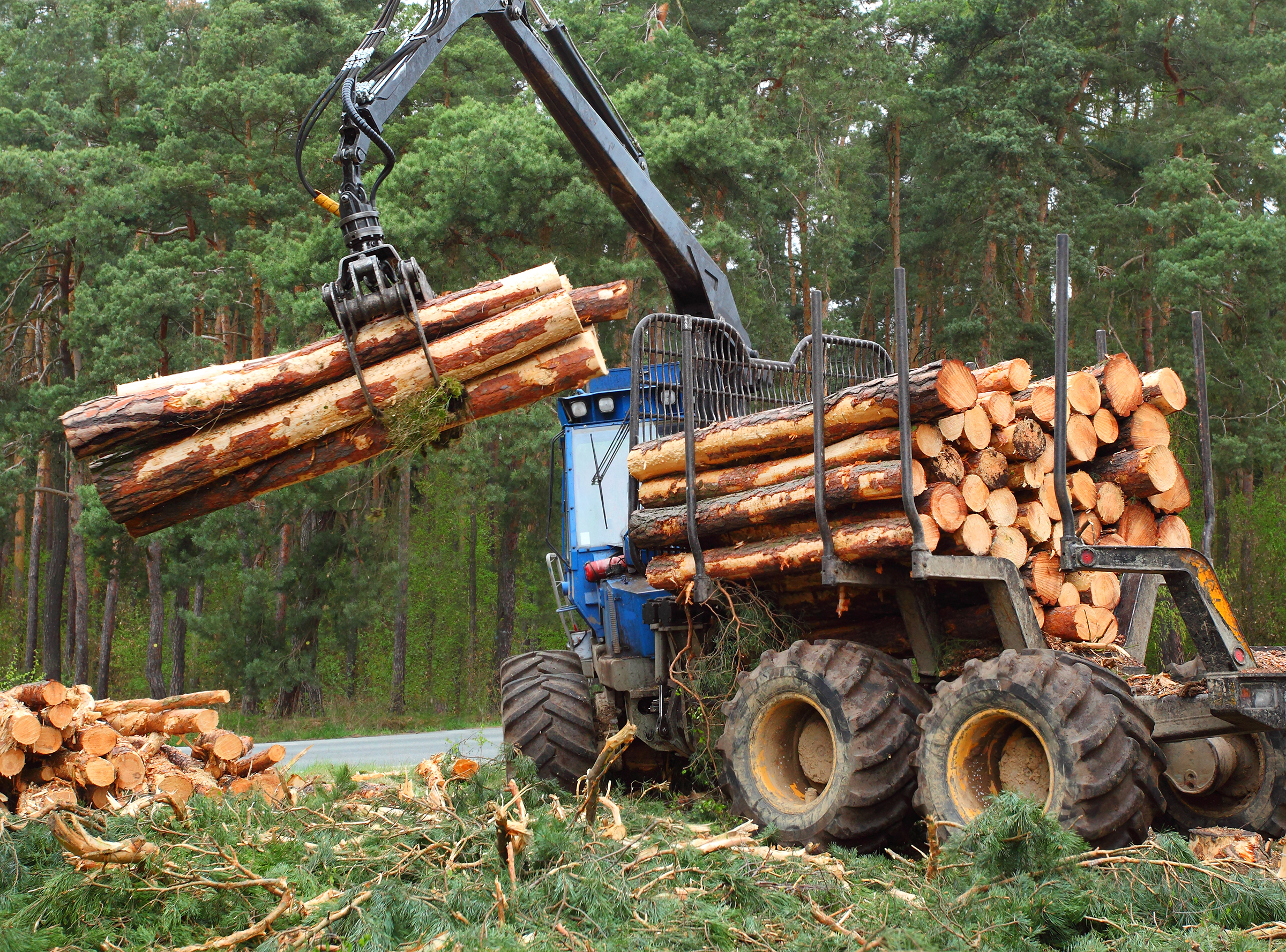
Robust data on the availability of European forests for wood supply is essential for the analysis of the sustainability of forest management and for planning and forecasting the use of wood resources, biomass and renewable energy. But it is also highly relevant for the analysis of global climate change mitigation strategies under the Paris Agreement and for carbon accounting.
Parties to the Kyoto Protocol are already obliged to report their emissions and removals due to forest management activities on forest land for the 2nd commitment period (2013-2020).
A new reference definition for “forest available for wood supply” just published in a research paper by UNECE and FAO, international researchers and members of the European National Forest Inventories Network, could represent an important step towards a harmonized assessment of European forest availability for wood supply. According to this definition forests available for wood supply are forests where there are no environmental, social or economic restrictions that could have a significant impact on wood supply (see reference definition below for details).
Currently, 33% of Europe’s total land area is covered by forest. Around 80% of this (166.5 million ha, excluding the Russian Federation) is available for wood supply. This assessment is based on the reporting of 45 individual European countries with individual definitions, policies and legislations. This variation in the currently used definitions of “forest available for wood supply” causes a lack of robustness in the data.
The need for a harmonized definition is further illustrated by the same research paper, which shows that the share of forests available for wood supply in seven European countries can vary significantly depending on the definition used (Figure 1).
“Considering the relevance of the estimation of the amount of forest available for wood supply to set targets for biomass and energy, for global change mitigation and on wood resources strategies, further action should be undertaken to ensure the implementation of the harmonised definition”, advices Dr Iciar Alberdi, lead author of the paper.
“The importance of forest available for wood supply lies in its impact on several indicators to measure and compare forests that go well beyond wood management. It is a key for understanding the intensity of forest utilization, carbon sequestration and prediction of the future resource. Finally this variable is often considered as a proxy for sustainability. Therefore it is critical not to over- or under- estimate it”, says Roman Michalak, Acting Chief of UNECE/FAO Forestry and Timber Section.
It will be highly advantageous for European countries to work together and adopt the new reference definition. This will be brought to the agenda of the UNECE/FAO Team of Specialists on Monitoring Sustainable Forest Management with the goal to incorporate the definition in the next reporting cycle (2020).
Note to editors
The UNECE and FAO have been working jointly with international researchers participating in the COST Action USEWOOD FP1001 and members of the European National Forest Inventories Network (ENFIN) on a common definition that could be adopted by all European countries. Aside from the advantages in comparability and robustness of the data, an improved dataset on the availability of wood will make estimations on the carbon storage of forests, energy from wood and harvested wood products more precise.
The new reference definition for forests available for wood supply
Forests where there are no environmental, social or economic restrictions that could have a significant impact on the current or potential supply of wood. These restrictions could be based on legal acts, managerial owners’ decisions or other reasons.
- Environmental restrictions should consider: protected areas, protected habitats or species, and also those protective forests meeting the above requirements. Age or diameter class restriction should not be taken into account (except in the case of protected ancient forest).
- Social restrictions include restrictions to protect aesthetic, historical, cultural, spiritual or recreational values as well as areas where the owner has made the decision to cease wood harvesting in order to focus on other goods and services (e.g. leisure, landscape, aesthetic value).
- The economic restrictions are considered as those affecting the economics value of wood utilisation (profitability). These includes: accessibility, slope and soil condition. Short-term market fluctuations should not be considered.
Further reading:
- Alberdi, I., Michalak, R. et al. 2016. Towards a harmonized assessment of European forest availability for wood supply in Europe. For. Policy Econ., under review. Paper available here
- Fischer C. et al., 2016. Joining Criteria for Harmonizing European Forest Available for Wood Supply Estimates. Case Studies from National Forest Inventories. Forests 7(112).
- Kaplan, J. O. et al. 2009. The prehistoric and preindustrial deforestation of Europe. Quaternary Science Reviews 28.
- FOREST EUROPE, 2015: State of Europe’s Forests 2015
- Food and Agriculture Organisation of the United Nations, 2015: Global Forest Resources Assessment 2015
- Country data is available at the UNECE statistical database

